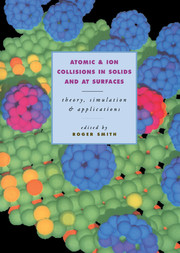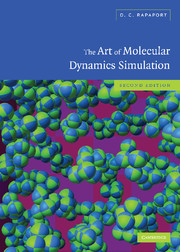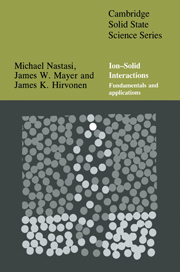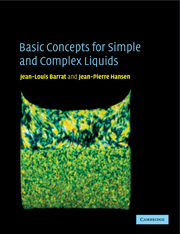Atomic and Ion Collisions in Solids and at Surfaces
This book is an introduction to the application of computer simulation and theory in the study of the interaction of energetic particles (1 ev to the MeV range) with solid surfaces. The authors describe methods that are applicable both to hard collisions between nuclear cores of atoms down to soft interactions, where chemical effects or long-range forces dominate. The range of potential applications of the technique is enormous. In surface science, applications include surface atomic structure determination using ion scattering spectroscopy or element analysis using SIMS or other techniques that involve depth profiling. Industrial applications include optical or hard coating deposition, ion implantation in semiconductor device manufacture or nanotechnology. The techniques described will facilitate studying plasma-sidewall interaction in fusion devices. This book will be of interest to graduate students and researchers, both academic and industrial, in surface science, semiconductor engineering, thin-film deposition and particleSHsurface interactions in departments of physics, chemistry and electrical engineering.
- Simulation is increasingly important in this field
- First book to cover all the up-to-date modelling techniques
- Requires no substantial knowledge in either mathematics or condensed matter physics
- Technique has range of industrial applications in thin-film deposition, semiconductor device manufacture and nanotechnology
Reviews & endorsements
"...an admirable job of identifying the key material in ways that will be useful and interesting to novices as well as experienced professionals." American Scientist
Product details
January 1997Hardback
9780521440226
320 pages
244 × 170 × 19 mm
0.769kg
123 b/w illus. 26 tables
Available
Table of Contents
- 1. Introduction
- 2. The binary collision
- 3. Interatomic potentials
- 4. Electronic energy loss models
- 5. Transport models
- 6. The rest distribution of primary ions in amorphous targets
- 7. Binary collision algorithms
- 8. Molecular dynamics
- 9. Surface topography.





